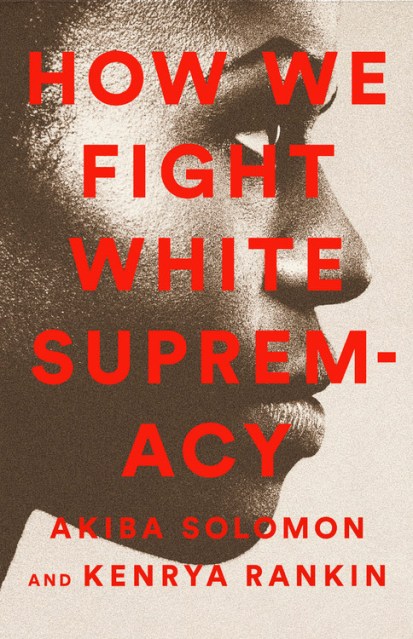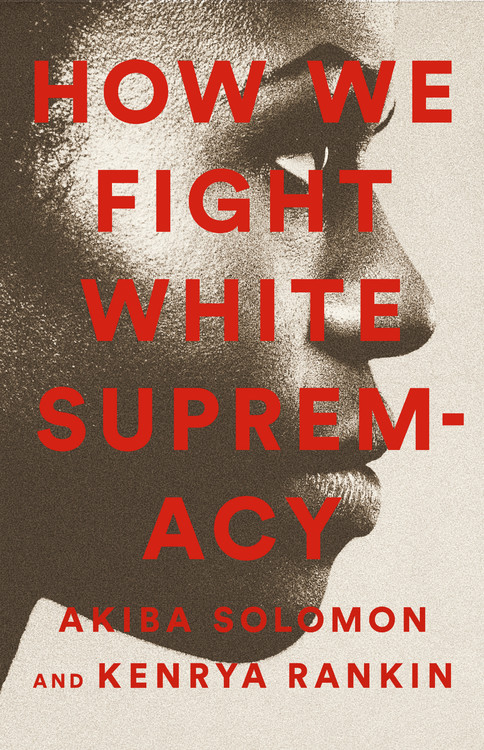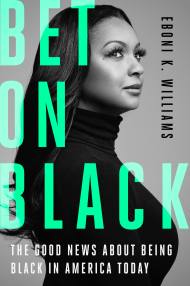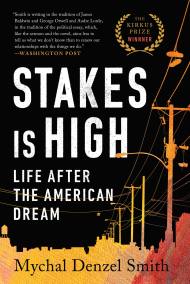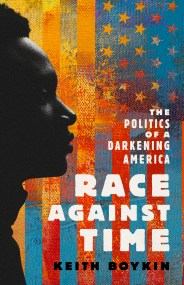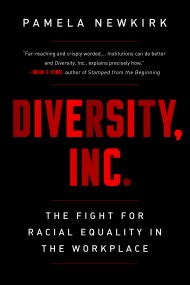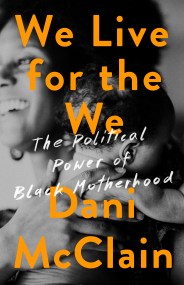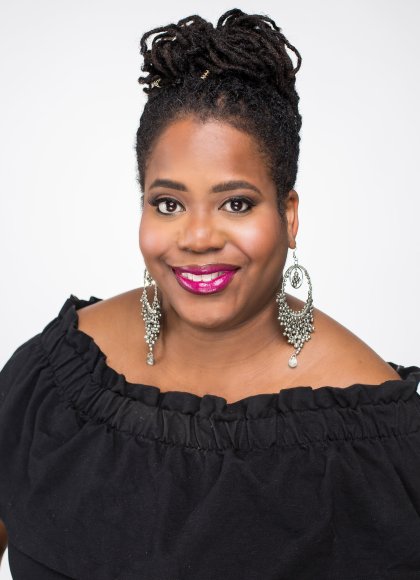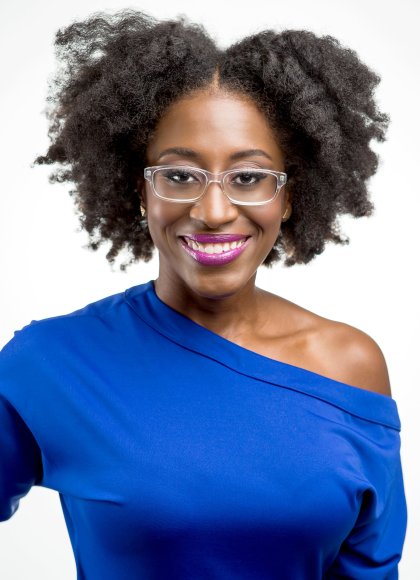Promotion
Use code MOM24 for 20% off site wide + free shipping over $45
How We Fight White Supremacy
A Field Guide to Black Resistance
Contributors
Formats and Prices
Price
$17.99Price
$22.99 CADFormat
Format:
- Trade Paperback $17.99 $22.99 CAD
- ebook $11.99 $14.99 CAD
- Audiobook Download (Unabridged)
This item is a preorder. Your payment method will be charged immediately, and the product is expected to ship on or around March 26, 2019. This date is subject to change due to shipping delays beyond our control.
Also available from:
Many of us are facing unprecedented attacks on our democracy, our privacy, and our hard-won civil rights. If you’re Black in the US, this is not new. As Colorlines editors Akiba Solomon and Kenrya Rankin show, Black Americans subvert and resist life-threatening forces as a matter of course. In these pages, leading organizers, artists, journalists, comedians, and filmmakers offer wisdom on how they fight White supremacy. It’s a must-read for anyone new to resistance work, and for the next generation of leaders building a better future.
Featuring contributions from:
- Ta-Nehisi Coates
- Tarana Burke
- Harry Belafonte
- Adrienne Maree brown
- Alicia Garza
- Patrisse Khan-Cullors
- Reverend Dr. Valerie Bridgeman
- Kiese Laymon
- Jamilah Lemieux
- Robin DG Kelley
- Damon Young
- Michael Arceneaux
- Hanif Abdurraqib
- Dr. Yaba Blay
- Diamond Stingily
- Amanda Seales
- Imani Perry
- Denene Millner
- Kierna Mayo
- John Jennings
- Dr. Joy Harden Bradford
- Tongo Eisen-Martin
Genre:
-
"A timely and important work to support, educate, nourish, and sustain us all in resisting the lethal effects of white supremacy."Kimberlé Crenshaw, Professor Law, Columbia Law School and University of California, Los Angeles
-
"How We Fight White Supremacy is a brilliant, beautiful, and politically urgent text. This carefully curated collection masterfully explores the nuances, contours, and contradictions of a world in which Whiteness continues to define our social reality. Moving beyond rigid analysis or self-indulgent storytelling, this book offers us an impressive range of academic, political, and personal takes on White supremacy. More importantly, the book gives us permission to dream, think, organize, and struggle for a world outside of it."Marc Lamont Hill, author of Nobody: Casualties of America's War on The Vulnerable from Ferguson to Flint and Beyond
-
"How We Fight White Supremacy is the primer America needs right now! White supremacy is hardly new, but each generation needs to be reminded of the strategies of resistance and resilience that have made African American struggle so powerful and effective. Every American who cares about protecting the future of our country against the inhumanity of racist oppression should read this book today!"Michael Eric Dyson, New York Times bestselling author of What Truth Sounds Like
- On Sale
- Mar 26, 2019
- Page Count
- 304 pages
- Publisher
- Bold Type Books
- ISBN-13
- 9781568588490
Newsletter Signup
By clicking ‘Sign Up,’ I acknowledge that I have read and agree to Hachette Book Group’s Privacy Policy and Terms of Use
